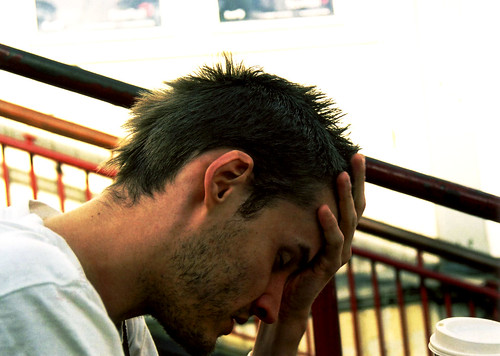Sunglasses are made of either non-prescription or prescription lenses that are made darkened to give an ample amount of protection for our eyes against very bright light or even possibly ultraviolet lights. They provide shade to the eyes and protect them from other things such as dust, dirt, or particles in the wind. Glasses Mississauga are mainly made from prescription lenses.
The importance of prescription glasses
Glasses Mississauga are very versatile. They can be used for a number of various outdoor and sports related activities which can range from cycling right to mountain climbing. Often, in outdoors, one can expect plenty of flying debris, high winds, damaging bright visible light and even ultraviolet lights. Prescription sunglasses can protect its wearer from all these things without hindering their vision or comfort of the wearer.
For many years, glasses Mississauga have been made and reinvented to give top- quality vision to its wearer, even in the most extreme conditions. The frames of these glasses are durable, lightweight and flexible, with an anti- slip component which is crucial to the outdoor market. The lenses are coated with special films which provide cover and protection against UV ray, which are very harmful to the eyes.
What to look for
When purchasing new sunglasses, there are many elements that need to be factorised in order to choose the correct pair of glasses. One factor to consider is the type of outdoor activity the individual takes part in. The types of lens, frames etc. all differ in terms of the type of activity.
Lenses are a key factor as they differ from activity to activity. Some lenses are required to be a different colour altogether, for the purpose of giving the wearer a better depth of focus while engaging in the activity.
Lenses can be scratch resistant, dust resistant, water resistant, to protect the wearer from the elements. They can also be shatterproof, lightweight, and impact resistant for a heavier outdoors lifestyle. Special coatings protect these lenses form the elements as well, along with giving the glasses more structural durability.
Colour options for the lenses also help a great deal for the wearer. It affects the amount of visible light that can reach the wearer’s eyes and better defines objects. Red, blue, green, yellow, grey etc. and many more are given as an option for the wearer.
Interchangeable lens frames are also an option for wearers who wish to have one pair of glasses for everything. This gives the wearer the option of removing and switching glasses according to his preference or to adapt to his surrounding environment. Frames are another important factor which adds on to the wearer’s comfort. They can either be worn like normal glasses or have the option of wrap- around frames which give the wearer more ease and freedom in movement.
It is advised to take a good look at the available options before buying the sunglasses of your choice. There are many certified glasses Mississauga companies that cater to these specifications.
About the author
Grace is an expert associated with Next Optical. Contact an eye glasses specialist at Next Optical in Mississauga, Ontario for more information on keeping your eyeglasses safe.
To protect your eyes from UV rays while you work or play, also check out the stylish safety sunglasses that Texas America Safety Company offers.
